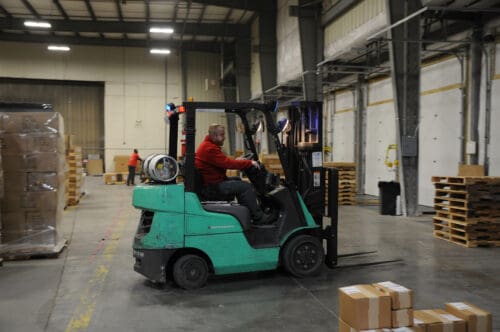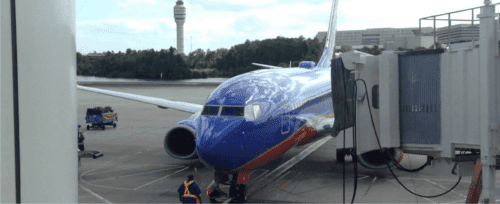For eCommerce companies whose product mix includes oversized or bulky items, package consolidation can be a tricky subject. Customers like to get their whole order in one box. But that can sometimes send shipping costs through the roof. On the other hand, package consolidation can lead to significant savings in some situations. This is one of the most challenging aspects of eCommerce fulfillment for bulky or fragile products.
We spoke to the pros at Red Stag Fulfillment, who help clients optimize their shipping every day. They provided useful tips to help you determine whether package consolidation is the right choice for your business.
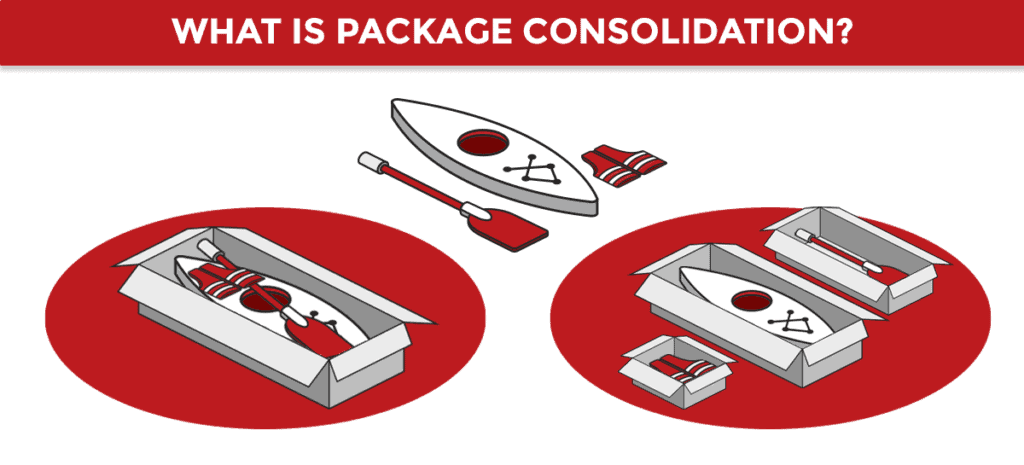
Package consolidation definition
Package consolidation is the practice of combining multiple items from the same order into a single package for eCommerce shipping. While package consolidation is the standard for many small products, there is an art to combining bulky products into a single shipping box.

When you are shipping oversized, bulky, or fragile merchandise, it’s crucial to figure out whether consolidated shipments will serve your products. “There’s a balance on when to consolidate and when not,” said Sam Hughett, Knoxville Site Manager for Red Stag Fulfillment. Matt Novak, Red Stag Fulfillment Project Manager, added, “There are a few things to consider when consolidating packages, and it’s kind of a double-edged sword.”

“The simple rule of thumb is to ship as few packages as possible and the smallest package possible. The priority needs to be in that order.”
Josh Kilburn, Red Stag Fulfillment Outbound Department Manager
Figuring out when to split shipments and when to consolidate requires planning, warehouse management system programming, and some fancy calculations. “In all my experience with account management, calculating shipping charges is one of the most challenging things,” Novak said. Fortunately, you can turn to the professionals at your order fulfillment company for help.
Which businesses benefit from package consolidation?
Don’t let the complexity of package consolidation put you off. You can save you and your customers thousands of dollars in excess shipping costs by optimizing your outbound packages. Here are some of the tipping points, in both directions, for package consolidation.
3 reasons to choose package consolidation
There are several different situations where you might want to ship more than one bulky item in one box. Here are just three of them.
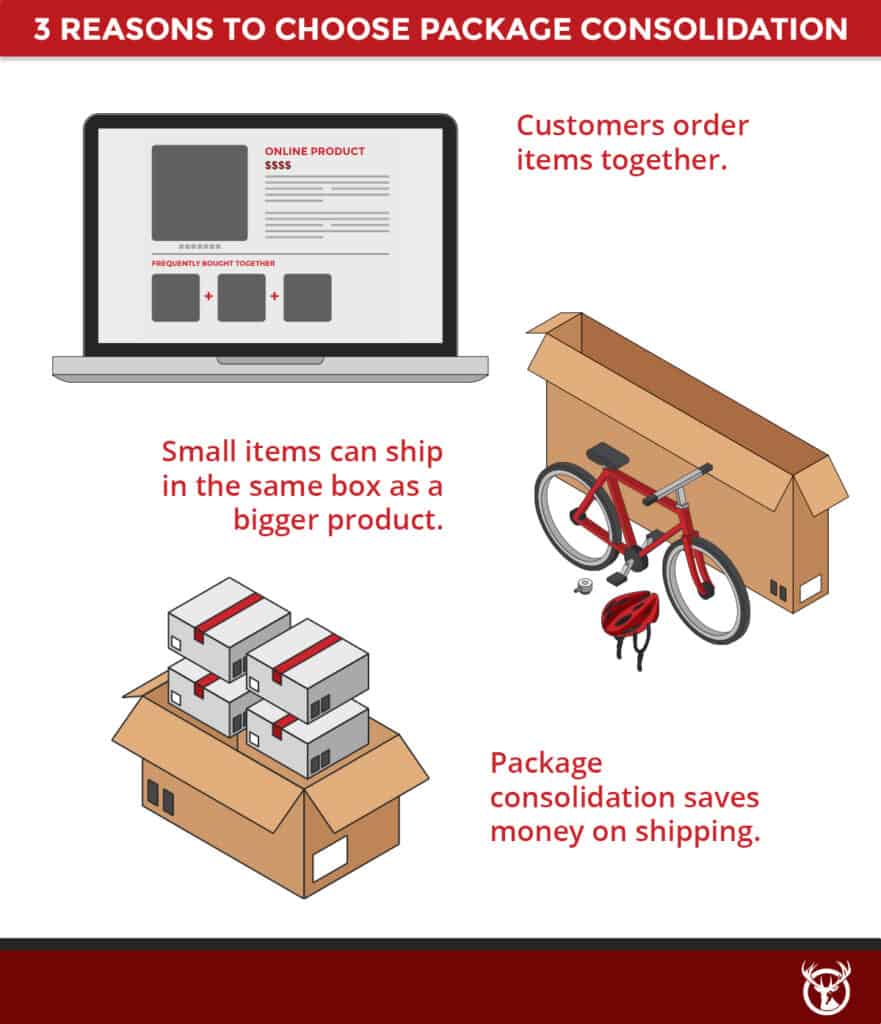
- Customers like getting all the items from an order in a single box. Multiple shipments can arrive on different days, which may be confusing. And a single package improves the unboxing experience
- If one of your products is subject to dimensional weight pricing, you can add smaller items to the box without increasing the shipping cost. The additional products ship for free.
- When package consolidation leads to reduced shipping charges, it’s almost always the right choice. When you ship multiple items in the same package, you save by paying per-package fees such as fuel surcharges only once. Run the numbers with your fulfillment team to find out.
3 situations where you should ship products separately
However, package consolidation isn’t always the right choice. Sometimes shipping products in separate boxes can save you money. Here are three situations where products need to be shipped separately.

- If package consolidation would lead to DIM weight charges, it’s almost always a better choice to ship items separately. DIM charges are higher than the shipping cost by weight, so you’ll probably save money shipping multiple smaller boxes. “Dimensional weight means that, if you have a lightweight item shipping in a large box, you’re going to pay more than a heavy item in a small box,” Kilburn said.
- Carriers such as FedEx, UPS, and USPS add surcharges for packages over 50 pounds (and more for those that weigh more than 70 pounds). If the combined weight of your items is more than 50 pounds but individual items weigh less, package consolidation could incur hefty overweight surcharges. If your package is more than 150 pounds, you could incur a $600 charge, which makes any option but LTL freight shipping impractical.
- Some items are too fragile to be combined. For example, if a customer orders a glass vase and a marble urn together, you might want to ship them separately. That will prevent the heavy urn from crushing the delicate vase during transport.
Kitting and consolidated shipping
Kitting is grouping multiple products into a single set. Subscription boxes are often created from kitted items. You might use kitting to create a package that goes together, such as oars and a life vest sold with a kayak.
If package consolidation is the right choice for shipping your orders, consider kitting items that tend to sell together. You can offer them as a kit on your website under a new SKU or simply pre-pack items that your customers commonly order together so they are ready to ship in the warehouse.

“We prefer to kit it because that pulls it off the outbound flow,” Hughett said. Pre-assembling items into kits allows your fulfillment provider to develop optimal packaging for shipping items together. Assembling kits is a service provided by many fulfillment centers, including Red Stag Fulfillment.
When kitting is possible, it saves the packer from having to choose the best way to consolidate the products under the time pressure of getting orders out the door. Kitting can reduce outbound delays and improve the quality of your package consolidation.
Kilburn used the example of shipping a glass cup to illustrate the value of kitting: “Instead of taking a glass cup and expecting a packer to wrap it in bubble wrap and put it with other things, you may take that glass cup and pre-package it in a box of its own. Then the glass would get protected further when it’s consolidated.”
However, kitting isn’t always an option. When customers can choose from a wide array of products, the combinations may be too varied to make kitting economical. Package consolidation might still be a good choice, however. And your fulfillment company is the partner that can help you figure that out.
Find solutions to your thorniest shipping challenges
“Companies can benefit a lot by taking the time to consider the impact of packaging and consolidation on their shipping rates,” Kilburn said. “It’s best to plan for a variety of scenarios and determine preferred methods.”
Fortunately, you don’t have to do that on your own. The team at Red Stag Fulfillment uses their in-depth knowledge of carrier surcharges to help clients calculate the best way to ship their products. RSF staff follows changes to shipping policies of the major carriers to help our clients avoid unexpected charges.
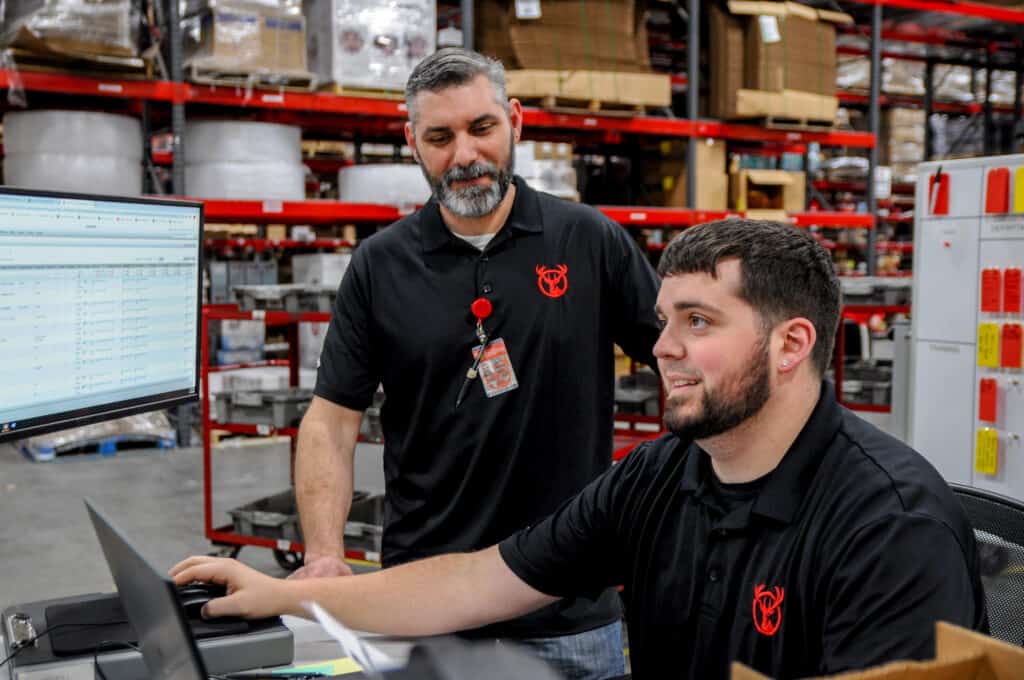
“It’s important to pay attention to the language describing the shipping thresholds to understand how the surcharges might apply,” Novak added. “We look at package consolidation on a case-by-case basis because of all the variables that affect shipping costs. We don’t like surprises when it comes to shipping invoices.”
More about package consolidation and fulfillment solutions:
- Package Consolidation: What It Is and How It Saves You Money
- Do You Really Need to Own Your Warehouse?
- Box Sizes for FedEx, UPS, and USPS in 2021






